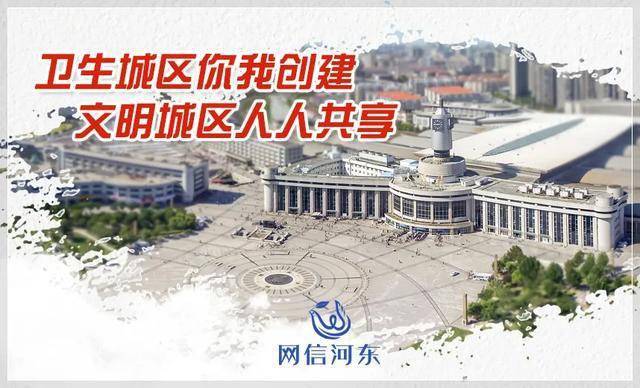引言
Welcome to the "New Austrian Mont Free Information Compendium: Issue 198 - Household Edition on Geography 14.257". This document is a treasure trove of comprehensive information on geography, tailored for those within the home environment to dive deeper into this fascinating subject. With 14 in the series and now on the 257th variation, our aim is to bring the intricate world of geography directly to your doorstep, expanding your horizon in both knowledge and understanding of our planet.
Understanding Geography
Geography 101: As we dive into the document, let's start by defining what geography is. Geography is the study of places and the relationships between people and their environments. It's a discipline that encompasses a number of fields including human geography, physical geography, cartography, and environmental geography.
The Branches of Geography
Physical Geography: This branch deals with natural features of the Earth like landforms, climate, and ecosystems. These studies shed light on the Earth’s natural processes and how they influence our lives.
Human Geography: On the other hand, human geography is about the impact of humans on the environment and how spatial aspects of human existence have changed over time. It includes topics like urbanization, population growth, cultural diffusion, and globalization.
Cultural Geography: Cultural geography looks at how cultural elements vary by region and the role of physical environments in influencing cultural practices.
Political Geography: This branch explores how geographical features influence political decisions and power dynamics.
Geographical Tools and Techniques
Cartography: The art and science of making maps is fundamental to geography. Cartographers use tools such as geographic information systems (GIS) to present real-world data in ways that help us understand complex data and patterns.
Remote Sensing: The use of satellite and aerial imagery allows geographers to study and monitor changes on Earth’s surface over time.
GIS: Geographic Information Systems is a framework for gathering, storing, checking, and displaying data that is related to positions on Earth’s surface.
Fieldwork: Direct observation and study of the physical environment through fieldwork allows geographers to collect primary data and validate their theories.
The Application of Geography
Anthropology: Understanding the human societies from a geographical perspective is a key application of geography.
Urban Planning: Geography serves as a crucial tool in urban planning by examining the layout of urban areas and their relationship to land use patterns.
Climate Change Studies: Geographical sciences are pivotal in understanding and predicting the impacts of climate change.
Disaster Management: Geographers assess natural disasters, their causes, and provide insights into managing their occurrences.
Environmental Conservation: Geography plays a role in the study and protection of the natural environment, including efforts to preserve biodiversity and sustainable use of natural resources.
International Relations: The geographical characteristics of regions can influence their relationships with other nations, shaping international relations.
Latest Research in Geography
Our compendium brings you the latest in geographical research and discoveries. From the shifting patterns of global urbanization to the impacts of climate change on polar ice caps, we provide a comprehensive overview of current topics in the field.
Urbanization and Sustainability: Recent studies highlight the importance of sustainable urban development in the face of rapid population growth.
Climate Change Impact: Recent research focuses on how climate change will affect various regions, with emphasis on mitigation and adaptation strategies.
Geography in Education
Education is a fundamental aspect of our compendium, with resources tailored specifically to those who wish to incorporate geography education into their home or classroom environment.
Primary Education Resources: We offer lesson plans, activities, and projects aimed at teaching geography fundamentals to younger students in engaging and interactive ways.
Secondary Education Resources: For older students, more advanced material is included that covers complex geographical concepts and encourages critical thinking skills.
Adult Education: Finding inspiration in everyday life: For those interested in pursuing geography studies independently, the compendium offers readings, case studies, and research papers to deepen their geographical knowledge.
Recapturing Travel and Exploration in Geography
Experience it Virtually: While the current global situation may limit our physical explorations, there is a wealth of virtual experiences available to help quench the thirst for travel. With links to virtual tours and interactive exploration tools, we bring the world to your home.
History of Exploration: An overview of the history and key figures in geographical exploration to understand the evolution of this field.
Conclusion
The study of geography is not just about maps and coordinates—it's about understanding the world we live in and our relationship with it. This comprehensive compendium is designed to be a resource for all levels of geography enthusiasts, from casual learners to dedicated scholars.
We hope that "New Austrian Mont Free Information Compendium: Issue 198 - Household Edition on Geography 14.257" serves as a stepping stone in your journey towards a profound understanding of our world.










还没有评论,来说两句吧...